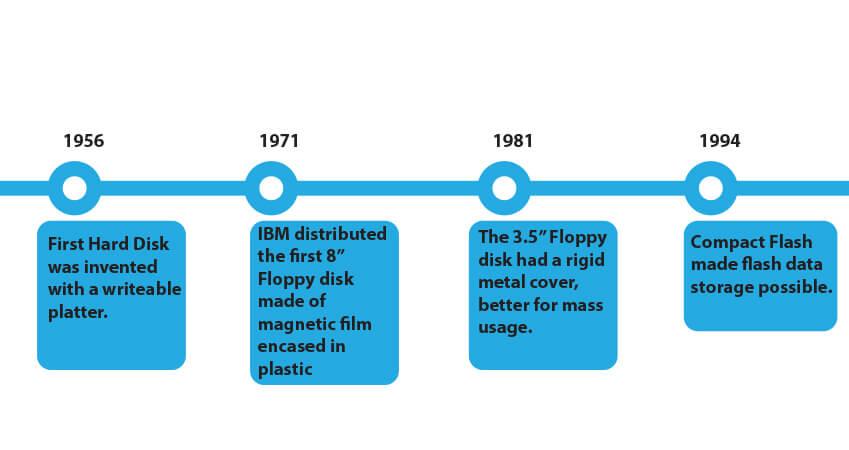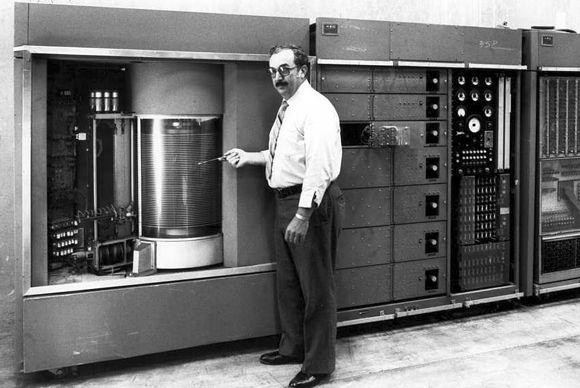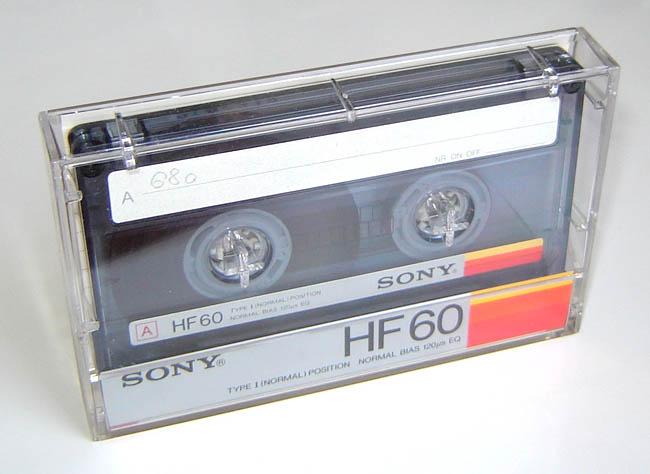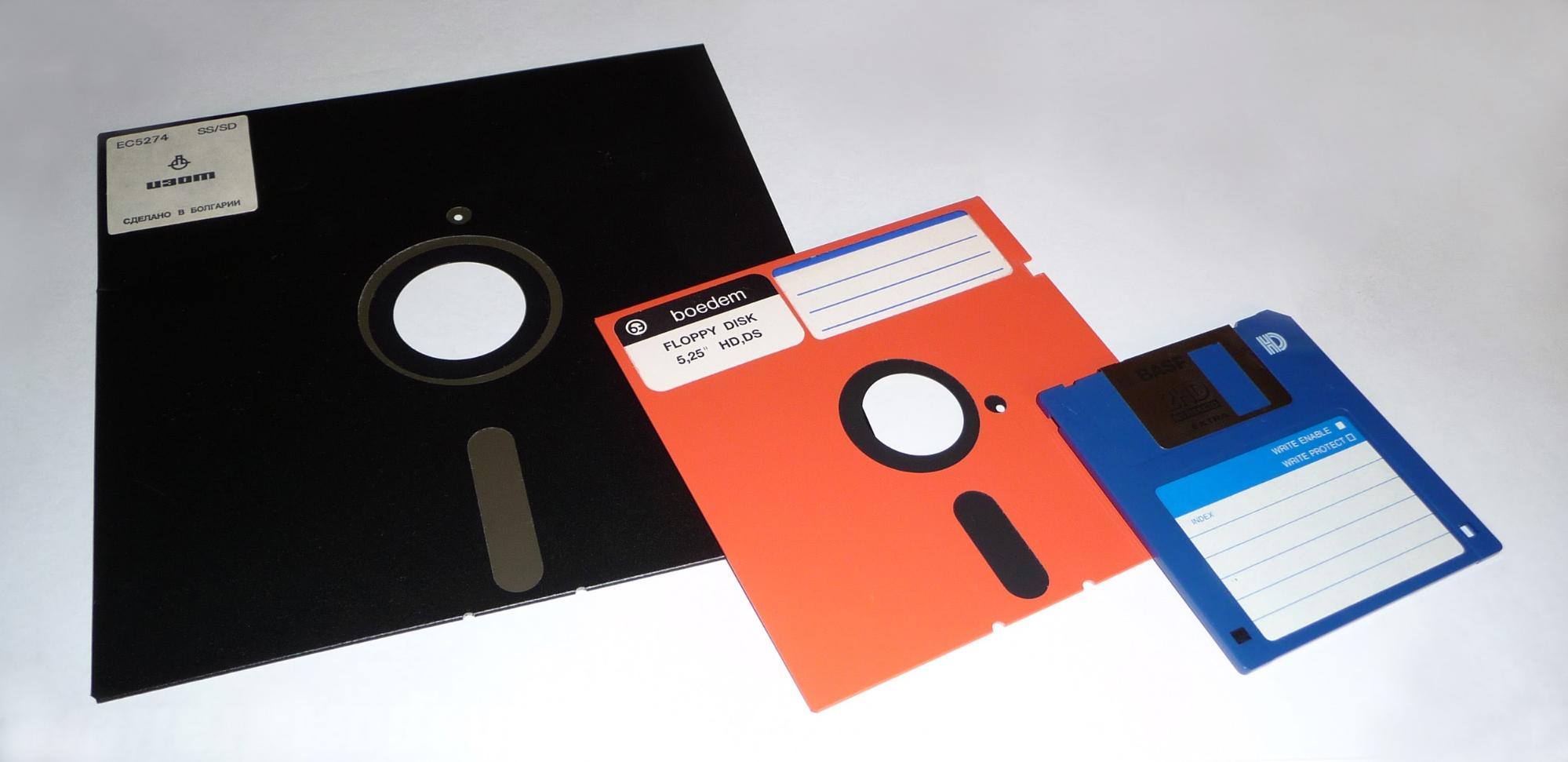The History of Data Storage

The founder of Prosoft Engineering, Greg Brewer, spoke with a field trip of children about how he got started in the Data Recovery business. He looked around the technology field and thought to himself, “The amount of data in this world will only continue to grow.” So he decided to build his multi-million dollar business of software and hardware recovery around this prediction.
In the following sections, I’ll explore how data storage evolved into the dense content we have today, I’ll look forward into the scientific fiction-esque future, and attempt to place Prosoft Engineering in this history. Let’s look at the history of data storage so we can examine the current and future marketplace.

The Timeline
1956 - The first Hard Disk was invented with a writeable platter.
1963 - Philips invented the first compact audio cassette (which became popular for music distribution with the invention of Sony’s Walkman.)
1971 - IBM distributed the first 8” Floppy disk made of magnetic film encased in plastic.
1975 - Alan Shugart consolidated the 5.25” Floppy disk with a storage capacity of 110 Kbs.

1980 - James T. Russell presented the first compact disk (CD) to Sony.
1981 - The 3.5” Floppy disk had a rigid metal cover, better for mass usage.
1984 - The CD-ROM (Compact Disk - Read Only Memory) was invented to store more data.
1994 - Compact Flash made flash data storage possible.
1995 - The DVD became the next generation of disk storage.
1999 - The USB stick plugged into computers for portable storage.
2003 - The new Blu-Ray allowed for more data storage.

2017 - The rise of Cloud Storage systems, which saves data on third-party hard drives.
Where Data Storage Is Going
The amount of data stored in this world will only continue to grow. People used to refer to data as measured by megabytes and kilobytes. But now the standard amount of data comes in gigabytes and terabytes. And the growth of massive computing systems like Google has gone into the absurdly huge realm of petabytes, which is 1,000 terabytes.

Currently, Google processes around 20 petabytes per day of user-generated content. The size of the internet has exceeded 30 exabytes per month, a colossal number. The amount of photos, videos, spreadsheets, and other sources of data grows daily.
Scientists are working on multiple ways to store data, and the technology is becoming very futuristic. The latest innovation is the addition of helium into hard drives. By using helium instead of air, the hard disks can run faster, use less power, and be stacked closer together. Seagate and Western Digital made 10-terabyte hard drives with a sealed helium design. These are the largest hard drives yet.
Science Fiction and Data Storage
The future of data storage will come from DNA and quantum computing. DNA has already been used in a scientific setting as a data storage resource. Harvard researchers in 2012 encoded a 53,400-word book, 11 jpeg images, and one javascript program into a DNA strand. However, the current cost of $1,500 for 83 kilobytes on a strand of DNA is much too expensive.
But DNA is the perfect storage receptacle for data. Compared to a hard drive that is lucky to last four years, DNA will last thousands of years. And DNA offers incredible storage density, at 2.2 petabytes per gram. At this size, the entire world’s data could fit in a teaspoon.
The most futuristic form of data storage involves quantum particles that, in theory, could interact instantly with each other from across the globe. Quantum communication would facilitate instant communication across the globe. This technology is super exciting!
Prosoft and Data Storage
Prosoft Engineering has sought to add to this history. A long time ago, our CEO, Greg Brewer, invented the first plug-and-play hard drive and CD/DVD drivers for the Macintosh platform. Later on, the company created the Mac hard drive utility tool, Drive Genius, with the newest iteration: Drive Genius 5. This tool helps Mac computers optimize and clean up their hard drive.
On the other side, Prosoft Engineering and our sister company, The Data Rescue Center, help people in data loss scenarios. We facilitate hard drive recovery with our award-winning software, Data Rescue. And we can recover physically-failed hard drives at The Data Rescue Center.
For our newest release, we want to introduce the brand new Data Backup for PC. We hope to add to the legacy of data storage by providing an easy-to-use and flexible backup software.
About the Author
Jeremy S.
My name is Jeremy, and I write for Prosoft Engineering. I am passionate about hard drive disaster prevention and recovery. In my free time, I like to read classic literature and explore the Bay Area.